What’s an Extra Facet And Does It Matter?
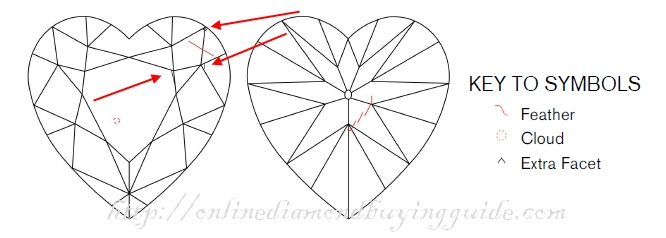
The above plot shows a heart shaped diamond with 3 extra facets located at facet junctions.
When it comes to evaluating a diamond grading report, most people prefer to see clean and neat looking clarity plots. After all, the lesser comments a report has, the lesser flaws the diamond is perceived to have.
Occasionally, you may come across a diamond with “extra facets” and you might be wondering what they are or what they do. Is an extra facet a deal breaker when shopping for a diamond ring? Would an extra facet change the appearance of a diamond?
In this article, you will find out what an extra facet is and what it looks like. You will also find answers to commonly asked questions about them. Let’s dive in…
Extra Facets Are Man-Made “Flaws” Made on a Diamond
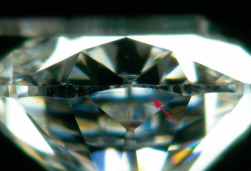
An extra facet on a diamond’s girdle. – GIA
Many people often confuse “extra facets” to be inclusions because they are usually found in the clarity plot diagram. Technically speaking, an extra facet shouldn’t be labeled as an inclusion because it is a symmetry flaw instead of a clarity characteristic.
In essence, an extra facet is a flat, polished surface that can occur anywhere on the diamond. You can think of it as a ‘rouge’ facet placement that deviates away from the diamond’s usual faceting pattern.
What Causes an Extra Facet in a Diamond?
The more important question is: how do they get there in the first place? Was it due to an error the cutter made on the polishing wheel?
Well, the answer is no.
Believe it or not, mistakes rarely occur during diamond cutting. Unlike the manufacturing processes of other trades where production errors are commonplace, cutting mishaps in the diamond industry are very rare. Instead, extra facets are usually added to specific locations by design and intentional purpose.
I’m sure you are probably thinking: “Why on earth would the cutter deliberately introduce a symmetry flaw onto the diamond? Wouldn’t the stone be more valuable if it has a higher clarity/cut grade?” Well, I think you just answered your own question.
The overall clarity rating you see in a grading report is affected by the nature and amount of flaws found in the diamond. Now, imagine there is a tiny black crystal inclusion beneath the diamond’s table facet and it is visible to the naked eye.
If this is the grade making inclusion that causes the diamond to receive an SI1 rating instead of a VVS2 rating, it makes economical sense to remove the inclusion at the expense of introducing a small facet.
Where Are Extra Facets Usually Found?
Cutting a diamond is basically one big geometry problem since no 2 roughs are exactly the same. Sometimes, the awkward shape of a natural rough diamond requires a cutter to be creative and use the best possible methods to maximize yield. In certain scenarios where cutters have to make a choice between one unusually larger facet or two smaller proportioned ones, they might opt for the latter.
Typically, extra facets are found near the girdle or the pavilion area. Because of their inconspicuous nature, the diamond’s overall appearance is not compromised while its clarity grade improves. This translates to a higher profit for the jeweler as the diamond can now be sold at a much higher price!
Also, additional facets are frequently used during diamond repairs. For example, minor blemishes like nicks or chips caused by wear-and-tear could be simply removed by polishing them away; resulting in the creation of a new facet at the damaged location.
Is an Extra Facet a Deal Breaker You Need to Worry About?
Extra facets are generally not a big deal and no cause for concern. However, when they are sufficiently large in size or are found at areas which could potentially impact the diamond’s light return, you need to exercise caution.
The presence of large “additional facets” could also cause severe symmetry issues and always warrant a deeper inspection.

This cushion cut (GIA#2136859349) is a classic example of over-extending the use of extra facets to achieve better clarity grades. Although the diamond has an internally flawless clarity rating, it suffers from serious symmetry issues as the cushion’s outline is heavily distorted.
To summarize, extra facets generally wouldn’t affect a diamond’s beauty unless the extra facet is excessively large in size.
If the diamond’s symmetry had been graded as Very Good or Excellent, I won’t get unduly worried since the impact on visual appearance is minimal and already been taken into consideration.
However, when you are looking at a precision cut ‘super ideal’ diamond or a hearts and arrows diamond, an extra facet might throw the optical symmetry out of perfection. If you are in the market for super ideal diamonds, I would avoid stones with extra facets.
I hope this article has been useful and addressed your concerns. If you have further questions or need my help in picking out a diamond, feel free to drop me a comment below or email me directly.
Related Articles
Leave A Comment

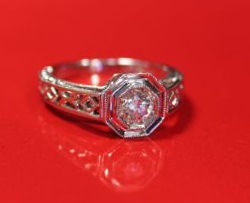
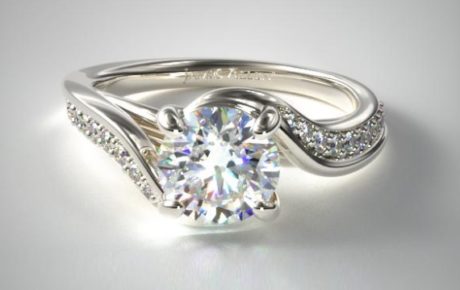
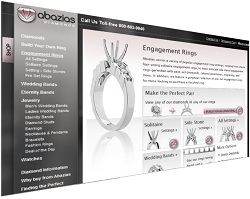
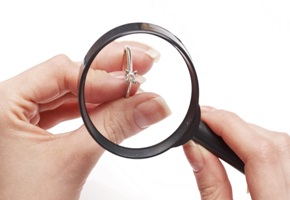









6 Comments
What’s the difference between diamonds with extra facets like the briliant rose or the Solasfera cut. My jeweler told me that the more facets a diamond has, the better the sparkle it has. Is there any truth to this?
Extra facets sometimes get confused with diamonds with extra facet. In technical terms, when we talk about an “Extra Facet”, we are referring to the clarity section in the grading report. What you are referring to are specialty cuts where the cutting style and facet structure of the diamond utilize more facets to create a unique appearance.
It is a myth that the more facets a diamond has, the better the sparkle and scintillation. The Brilliant Rose is a great example of a mediocre cutting style that boasts about its better performance and yet, falls short when you put it up to the test. Many of the Brilliant Rose I see have extremely steep depths and lousy contrast patterning. The Solasfera on the otherhand, is a cutting style that really results in superb light performance.
Ultimately, it depends on the brand and the quality control they have when polishing diamonds. The majority of specialty cuts with extra facets are just gimmicks to trick consumers into paying more and not receiving better sparkle.
Good day,
I’ve stumbled upon a guy who is selling diamonds called Asaar Diamonds for really questionable prices but has a 15 year reputation, and thousands of positive reviews +99.9% reputation as recognized by ebay. How can he possibly be selling 1.36 ct SI2 color enhanced diamonds for like 800 bucks?
I tried to talk to him about it and he does have a really thick indian accent but from what I could make out he is a re-manufacture seller, I could be mistaken about that part as well. He has no complaints about issues returning merch against him so I’m wondering is this somehow legit? Or where is the con?
It’s a scam. The diamonds are treated and garbage tier quality and they are REALLY EXPENSIVE for terrible quality like these.
Read: http://beyond4cs.com/engagement-ring/beware-of-cheap-diamond-deals/
Thanks for your article. It is very helpful. I am struggling with a beautiful cut-cornered rectangular modified brilliant cut FY diamond. It has an extra facet to achieve VVS1 clarity, which I learned for your article. The symmetry is good, not sure if that matters. Also, the diamond does not have GIA # laser. Not sure how to compare the diamond is the ONE on the GIA report (#5151447649).
Thanks in advance.
April
Without a video or tangible data, there’s really nothing I can tell you about the diamond. For a VVS1 diamond, clarity will never be an issue. I would be more worried about cut quality and light performance and the Good symmetry doesn’t bode well.